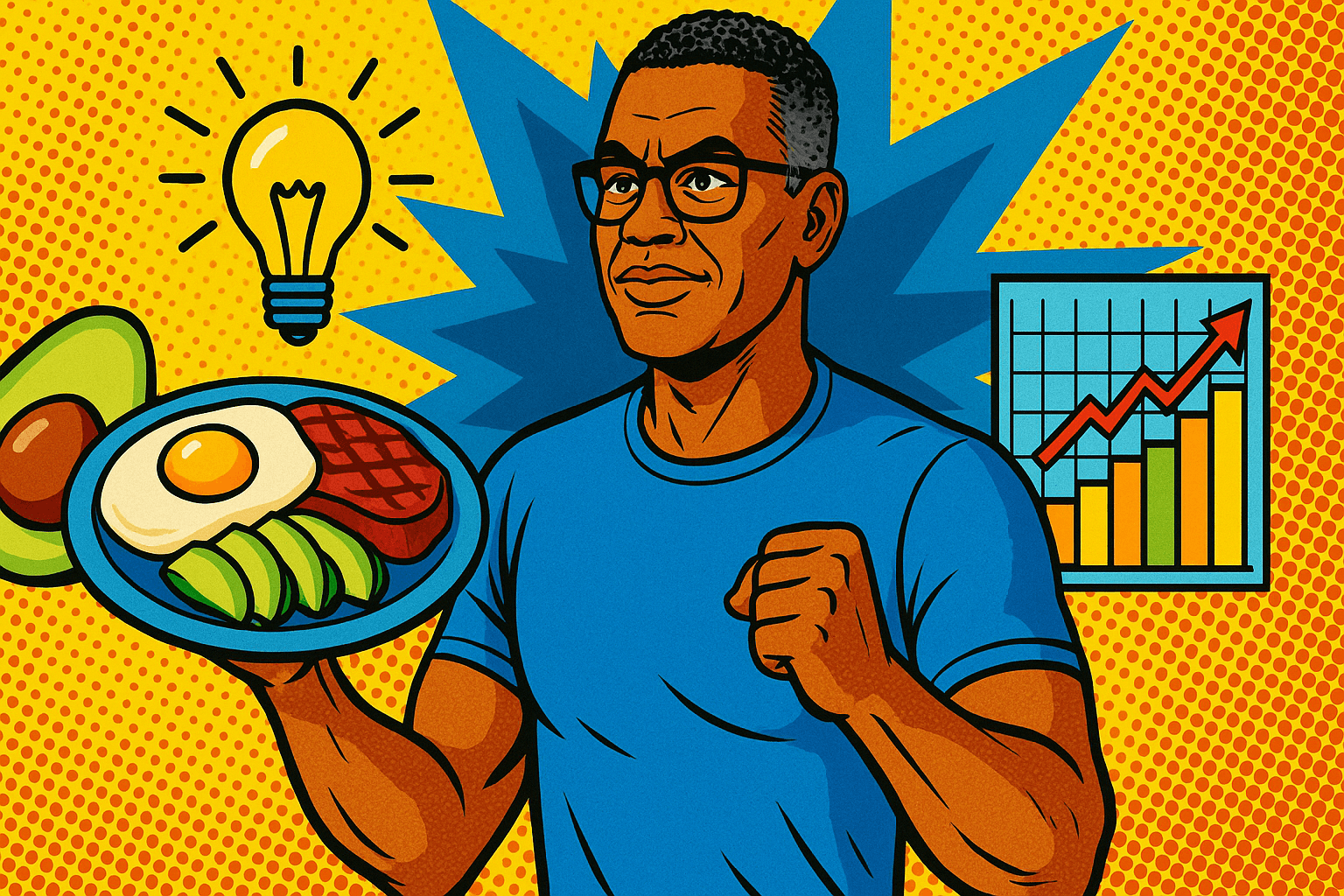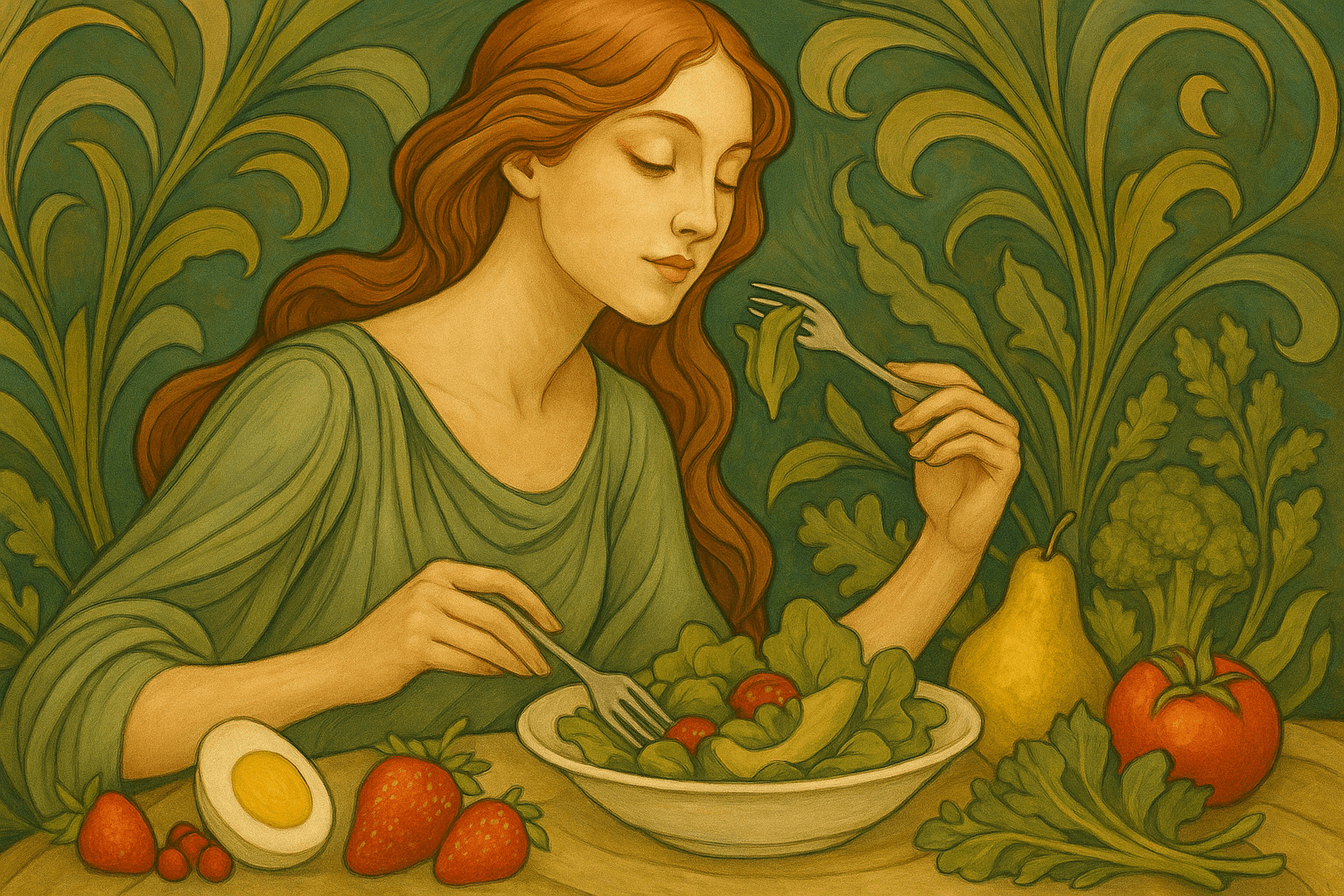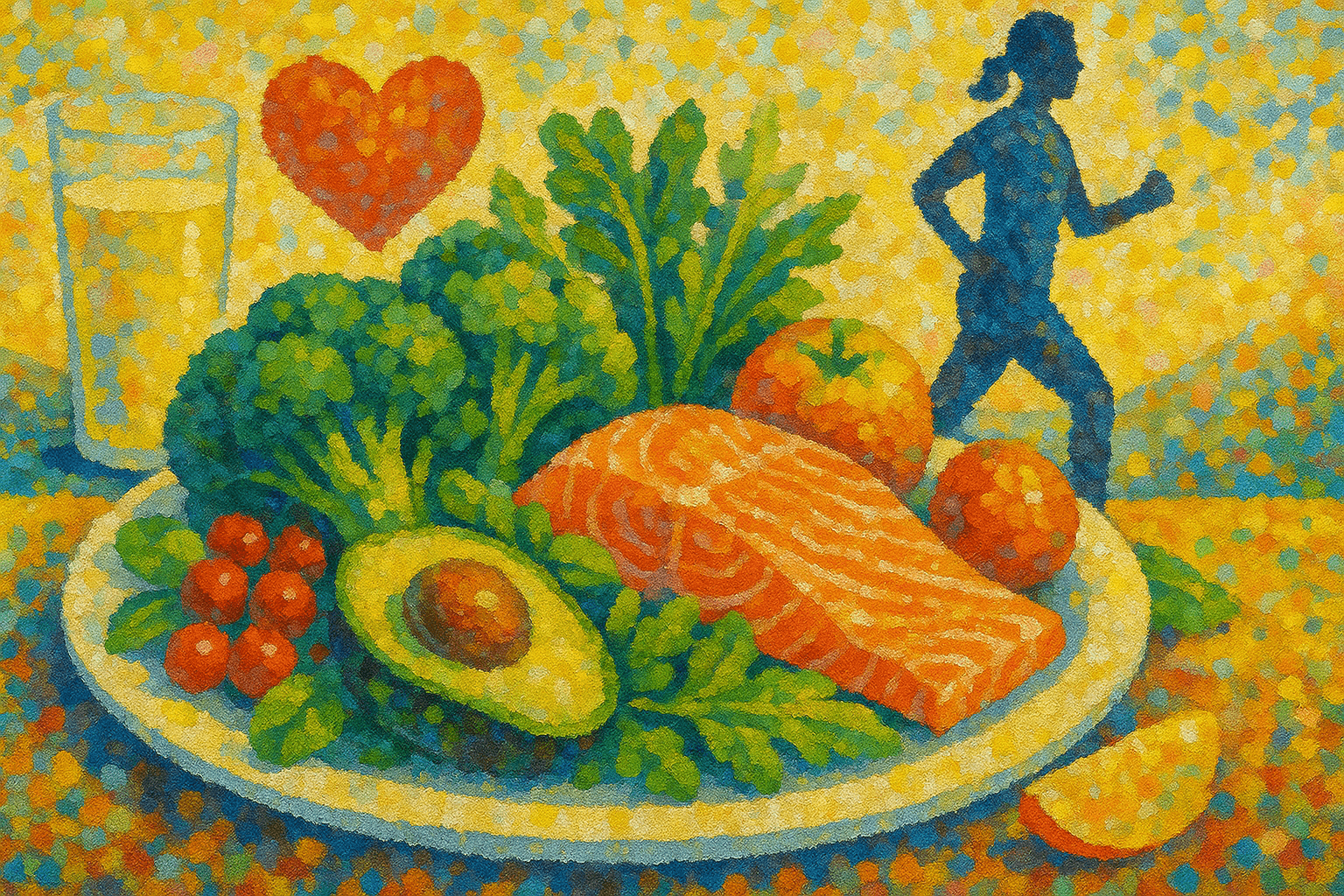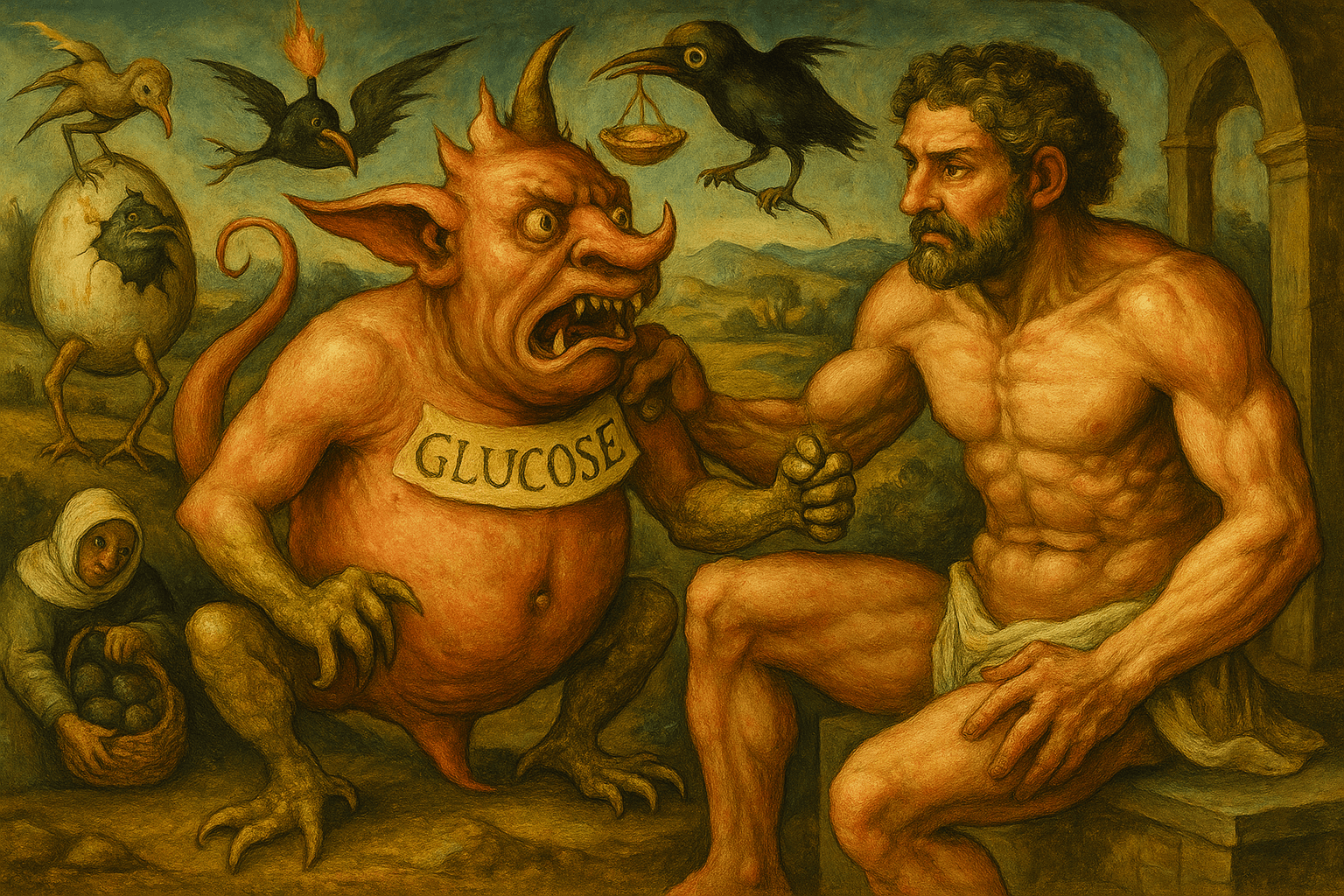Understanding Glycemic Load: The Key to Smarter Carb Choices for Diabetes Management
Published on June 25, 2025
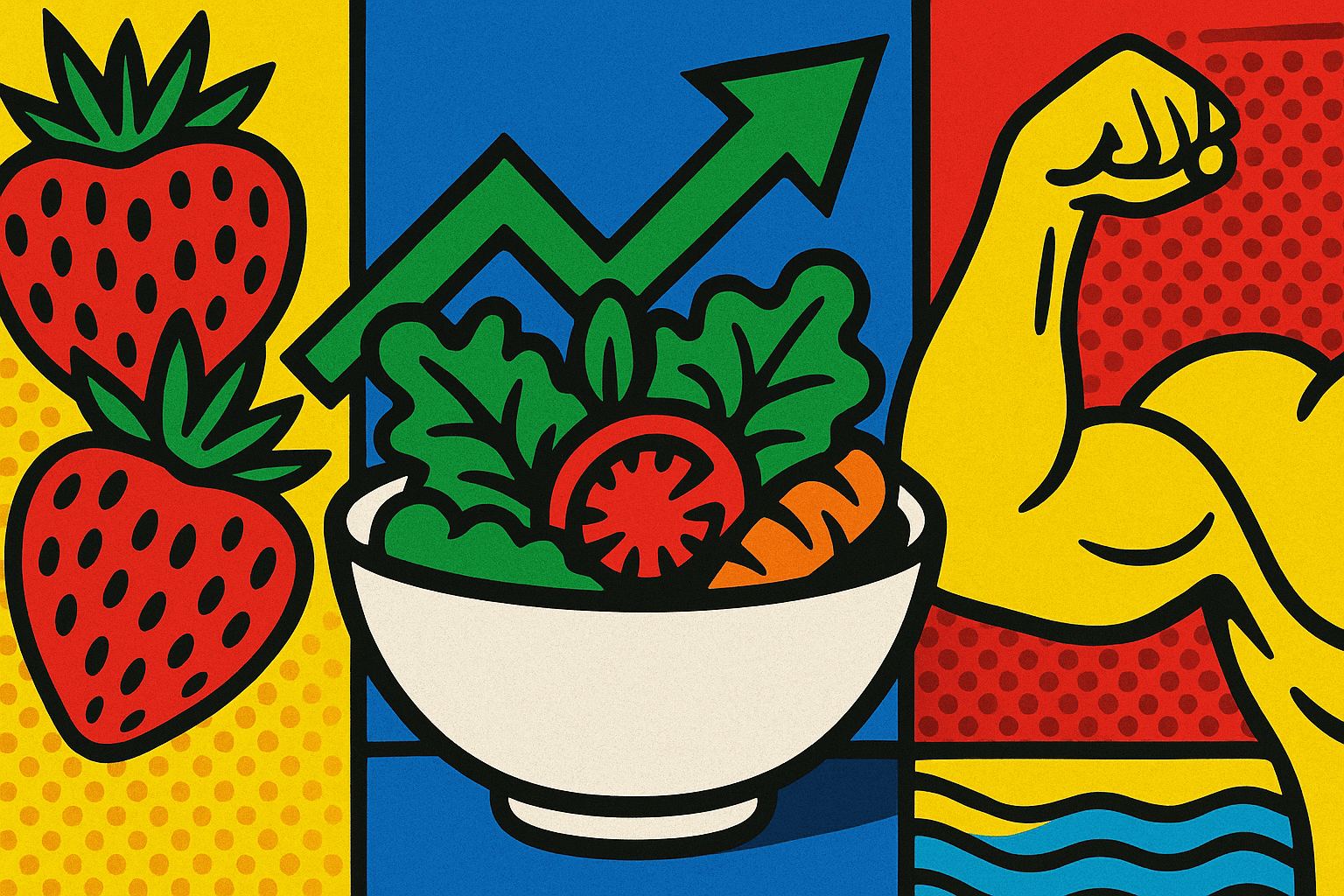
When managing diabetes, counting carbs isn't enough — understanding their impact is essential.
Glycemic load (GL) is a powerful, practical tool that goes beyond grams of carbohydrates to show how specific foods actually affect your blood sugar.
What Is Glycemic Load?
Formula: Glycemic Load = (Glycemic Index × grams of carbs) ÷ 100
Unlike glycemic index (GI), which measures speed of glucose rise, GL considers how much of a food you actually eat — giving a clearer picture of real-life effects.
GL levels:
0–10: Low (ideal)
11–19: Moderate
20+: High (use caution)
GL vs GI: What’s the Difference?
Watermelon and white bread have similar GI, but very different GLs. Why? Quantity. Watermelon’s higher water and carb content means more total glucose load.
Why It Matters for Diabetes
GL helps:
Reduce post-meal blood sugar spikes
Improve insulin sensitivity
Support weight management
Allow flexible food choices
Prevent restriction-driven guilt
GL puts power and perspective back in your hands — it’s not just about what you eat, but how much and with what.
Surprising High-GI Foods That Are Low-GL
Watermelon (GI 72, GL 4/120g)
Carrots (GI 71, GL 6/80g)
Pineapple (GI 66, GL 8/100g)
Pro tip: Combine high-GI foods with low-GI foods, fiber, protein, and fats to reduce their impact.
How to Use GL in Real Life
Prioritize low-GL foods
Greens, broccoli, zucchini
Berries, apples, pears
Beans, lentils, chickpeas
Greek yogurt, nuts, seeds
Sweet potatoes (small servings)
Pair wisely
Add avocado or nut butter to toast
Serve rice with vegetables and beans
Combine fruit with olive oil or Greek yogurt
Watch portions
Even low-GL foods can spike sugar when eaten excessively
One bowl of oatmeal = good
Three bowls = not so good
Stay consistent
Track energy and glucose levels (CGM or journal)
Small, steady tweaks > one-time overhauls
Choose whole over processed
Whole fruits > fruit juice
Whole grains > white bread
Read labels — some “healthy” snacks spike blood sugar
Plan for real life
Dining out: Choose grilled items + veggies
Sweet craving? Pair fruit with nuts or yogurt
Travel: Pack trail mix, hummus cups, boiled eggs
Smart Carb Swaps
White rice → Quinoa or cauliflower rice
Sugary cereal → Steel-cut oats with berries
Crackers → Cucumber with hummus
White bread → Sprouted grain or rye
Soda → Sparkling water with lemon
Chips → Roasted chickpeas or edamame
Pasta → Zoodles or lentil pasta
These swaps add nutrients and reduce glucose spikes — without sacrificing satisfaction.
Low-GL Plate Examples
Option 1: Mediterranean Bowl
Grilled salmon
Quinoa
Arugula, cucumber, cherry tomatoes
Olive oil & lemon dressing
Option 2: Vegetarian Plate
Roasted sweet potato (½ cup)
Sautéed kale with garlic
Lentils (½ cup)
Tahini drizzle
Option 3: Breakfast Boost
Steel-cut oats (½ cup)
Blueberries + flax + cinnamon
Hard-boiled egg or Greek yogurt
Option 4: Snack Plate
Sliced pear
Handful of walnuts
1–2 slices of cheese or boiled egg
Option 5: Wrap & Greens
Whole grain wrap with hummus + grilled veg
Side salad with olive oil
Tricks for Low-GL Success
Meal prep and plan ahead
Emphasize fiber (25–35g/day)
Drink water with meals, skip juice
Chew thoroughly and eat slowly
Keep healthy snacks in plain sight
Batch-cook lentils, grains, eggs, veg
Keep a go-to list of simple low-GL meals
Final Takeaway
Glycemic load offers freedom and flexibility.
It's not about fear — it's about impact.
Use GL to eat more foods with intention, reduce energy crashes, and support long-term glucose control.
Carbs aren’t the enemy — unmanaged spikes are.
Let GL guide you toward smarter choices and better outcomes.
Choose wisely. Combine smartly. Eat confidently.
Your meals can be your medicine. Let glycemic load lead the way.



